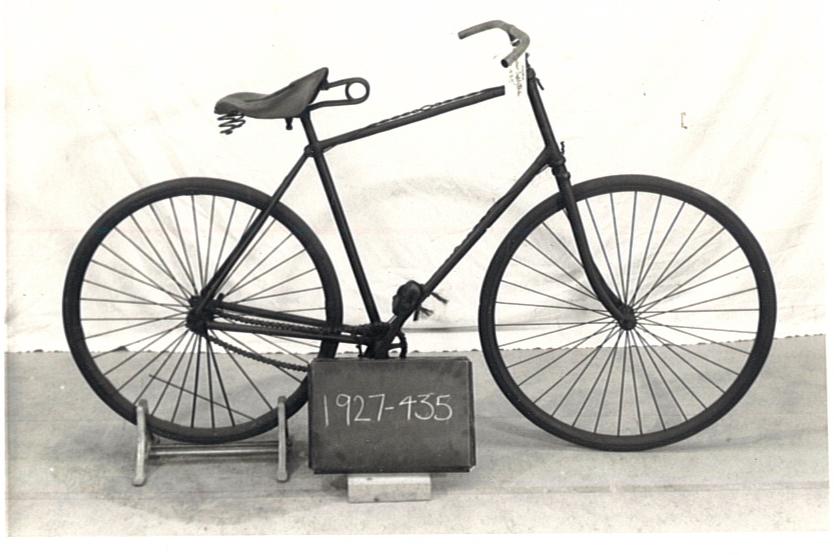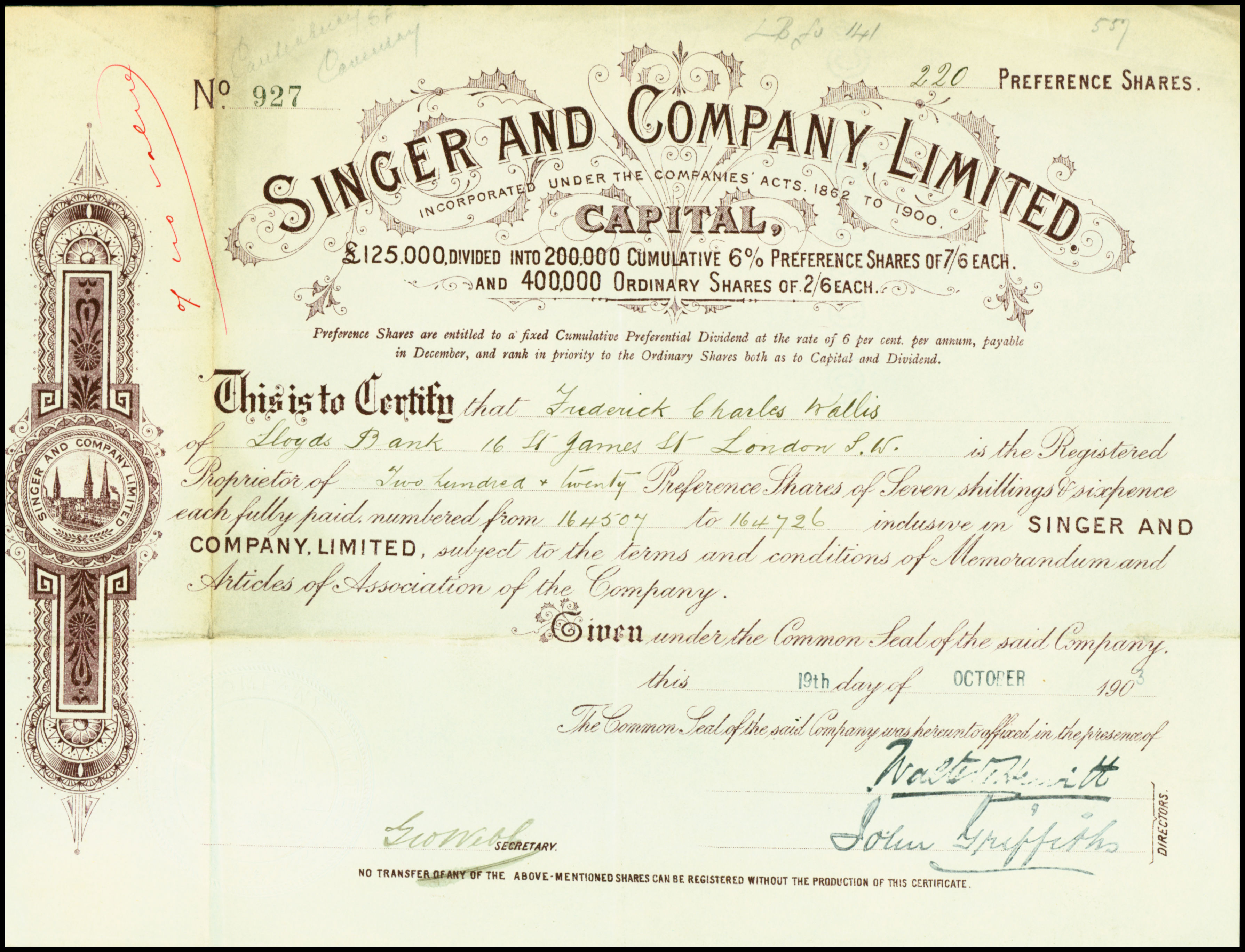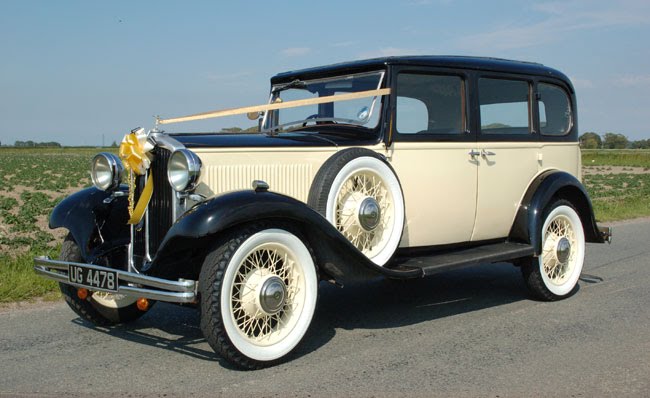|
Hillman Super Minx
__NOTOC__ The Hillman Super Minx is a family car which was produced by Hillman from 1961 to 1967. It was a slightly larger version of the Hillman Minx, from the period when the long-running Minx nameplate was applied to the "Audax" series of designs. (The Minx underwent many changes throughout its history, and the Super Minx name was not used during production of non-Audax Minx designs.) Announced in October 1961, the Super Minx gave Rootes, and particularly its Hillman marque, an expanded presence in the upper reaches of the family car market. It has been suggested that the Super Minx design was originally intended to replace, and not merely to supplement, the standard Minx, but was found to be too big for that purpose. An estate car joined the range in May 1962, and a two-door convertible in June 1962. The convertible never sold in significant numbers: the last one was made in June 1964, ahead of the introduction, in September 1964, of the Super Minx Mark III. The car was po ... [...More Info...] [...Related Items...] OR: [Wikipedia] [Google] [Baidu] |
Hillman
Hillman was a British automobile marque created by the Hillman-Coatalen Company, founded in 1907, renamed the Hillman Motor Car Company in 1910. The company was based in Ryton-on-Dunsmore, near Coventry, England. Before 1907 the company had built bicycles. Newly under the control of the Rootes brothers, the Hillman company was acquired by Humber in 1928. Hillman was used as the small car marque of Humber Limited from 1931, but until 1937 Hillman did continue to sell large cars. The Rootes brothers reached a sixty per cent holding of Humber in 1932 which they retained until 1967, when Chrysler bought Rootes and bought out the other forty per cent of shareholders in Humber. The marque continued to be used under Chrysler until 1976. History Origins In 1857 Josiah Turner and James Starley formed the Coventry Sewing Machine Company, and recruited skilled engineers from the London area to join them, one of whom was William Hillman. In 1869 the firm changed its name to the Co ... [...More Info...] [...Related Items...] OR: [Wikipedia] [Google] [Baidu] |
Austin Cambridge
:''See Austin 10 for the Cambridge models of 1937 to 1947.'' :''See Austin A40 for other A40 models.'' The Austin Cambridge (sold as A40, A50, A55, and A60) is a medium-sized motor car range produced by the Austin Motor Company, in several generations, from September 1954 through to 1971 as cars and to 1973 as light commercials. It replaced the A40 Somerset and was entirely new, with modern unibody construction. The range had two basic body styles with the A40, A50, and early A55 using a traditional rounded shape and later A55 Mark IIs and A60s using Pininfarina styling. The A40 number was re-used on a smaller car (the Austin A40 Farina) from 1958 to 1968, and the Cambridge name had previously been used to designate one of the available body styles on the pre-war 10 hp range. The Austin Cambridge was initially offered only with a four-passenger, four-door saloon body, although a few pre-production two-door models were also made. It had a modern body design with integrated ... [...More Info...] [...Related Items...] OR: [Wikipedia] [Google] [Baidu] |
Singer Gazelle
The Singer Gazelle name has been applied to two generations of motor cars from the British manufacturer Singer. It was positioned between the basic Hillman range and the more sporting Sunbeam versions. Gazelle I and II The Gazelle was the first Singer to be produced following the take-over of the Singer company by the Rootes Group in 1956 and was a version of the mainstream Hillman Minx differing mainly in retaining the Singer overhead cam engine. Externally the only significant difference was a restyled nose based around a traditional Singer grille. The new car was announced in late September 1956. The body style followed by the Gazelle between 1956 and 1967 came to be known as the "Audax" body, with significant input from the US based Loewy design organisation, highly regarded at the time partly on account of Loewy's input to several iconic Studebaker designs. The Gazelle was initially offered in saloon and convertible body styles. The Gazelle Series II, offered from a ... [...More Info...] [...Related Items...] OR: [Wikipedia] [Google] [Baidu] |
Ford Corsair
The name Ford Corsair was used both for a car produced by Ford of Britain between 1963 and 1970, and for an unrelated Nissan-based automobile marketed by Ford Australia between 1989 and 1992. Ford Consul Corsair (1963–1965), Ford Corsair V4 (1965–1970) - Britain The Ford Consul Corsair (later known simply as the Ford Corsair), manufactured by Ford UK, is a midsized car that was introduced at the London Motor Show in October 1963 and available as either a saloon or estate from 1964 until 1970. Also, a convertible version was built by Crayford, which is now very rare and highly sought-after as a classic. Two-door Corsair saloons are also rare, being built only to order in the UK, although volume two-door production continued for some export markets. Only one example of the fleet model, the Consul Corsair Standard, is known to exist. Unlike the Ford Cortina which had five versions (Mks), or the Ford Capri which had face-lifts, the entire production run of the Ford Corsair wa ... [...More Info...] [...Related Items...] OR: [Wikipedia] [Google] [Baidu] |
Austin 1800
As of March 1 ( O.S. February 18), when the Julian calendar acknowledged a leap day and the Gregorian calendar did not, the Julian calendar fell one day further behind, bringing the difference to 12 days until February 28 ( O.S. February 16), 1900. Events * World population approaches the 1 billion milestone which it will attain in 1802. The population distribution by region: ** Africa: 107,000,000 ** Asia: 635,000,000 **China: 300–400,000,000 ** Europe: 203,000,000 ** Latin America: 24,000,000 ** Northern America: 7,000,000 ** Oceania: 2,000,000 January–March * January 1 ** Quasi-War: Action of 1 January 1800 – A naval battle off the coast of Haiti, between four United States merchant vessels escorted by naval schooner , and a squadron of armed barges manned by Haitian pirates (known as picaroons), under the command of general André Rigaud, ends indecisively. ** The Dutch East India Company dissolves. * February 7 – A public plebiscite in Fra ... [...More Info...] [...Related Items...] OR: [Wikipedia] [Google] [Baidu] |
Automotive Lighting
The lighting system of a motor vehicle consists of lighting and signalling devices mounted to or integrated into the front, rear, sides, and in some cases the top of a motor vehicle. They illuminate the road ahead for the driver and increase the vehicle's visibility, allowing other drivers and pedestrians to see its presence, position, size, direction of travel, and its driver's intentions. Emergency vehicles usually have distinctive lighting equipment to warn drivers and indicate priority of movement in traffic. History Early road vehicles used fuelled lamps before the availability of electric lighting. The Ford Model T used carbide lamps for headlights and oil lamps for tail lights. It did not have all-electric lighting as a standard feature until several years after its introduction. Dynamos for automobile headlights were first fitted around 1908 and became commonplace in 1920s automobiles. Silent film star Florence Lawrence is often credited with designing the first " ... [...More Info...] [...Related Items...] OR: [Wikipedia] [Google] [Baidu] |
Sunbeam Rapier
The Sunbeam Rapier is an automobile produced by Rootes Group from 1955 until 1976, in two different body-styles, the "Series" cars (which underwent several revisions) and the later (1967–76) fastback shape, part of the "Arrow" range. The first generation Rapier was the first of the " Audax" range of light cars produced by the Rootes Group, in this instance as part of their Sunbeam marque. Announced at the London Motor Show in October 1955, it preceded its Hillman Minx and Singer Gazelle counterparts which were not introduced until 1956. A four-seat, two-door hardtop coupé – designated Series I with the introduction of the Series II in 1958 – it was different from the Sunbeam Mark III, the car it would eventually replace. Although designed "in house" by the Rootes Group, it was inspired, via the Raymond Loewy design organisation, by the new-generation Studebaker coupés of 1953. Series I The styling of the Series I Rapier was undertaken by the design firm of ... [...More Info...] [...Related Items...] OR: [Wikipedia] [Google] [Baidu] |
Humber Limited
Humber Limited was a British manufacturer of bicycles, motorcycles, and cars incorporated and listed on the stock exchange in 1887. It took the name "Humber & Co Limited" because of the high reputation of the products of one of the constituent businesses that had belonged to Thomas Humber. A financial reconstruction in 1899 transferred its business to Humber Limited. From an interest in motor vehicles beginning in 1896, the motor division became much more important than the cycle division and the cycle trade marks were sold to Raleigh in 1932. The motorcycles were withdrawn from sale during the depression of the 1930s. Humber is now a dormant marque for automobiles as well as cycles. Following their involvement in Humber through Hillman in 1928 the Rootes brothers acquired 60 per cent of Humber's ordinary capital, sufficient for a controlling interest. The two Rootes brothers joined the Humber board in 1932 and began to make Humber the holding company for vehicle manufacturing ... [...More Info...] [...Related Items...] OR: [Wikipedia] [Google] [Baidu] |
Singer (car)
Singer Motors Limited was a British motor vehicle manufacturing business, originally a bicycle manufacturer founded as Singer & Co by George Singer, in 1874 in Coventry, England. Singer & Co's bicycle manufacture continued. From 1901 George Singer's Singer Motor Co made cars and commercial vehicles. Singer Motor Co was the first motor manufacturer to make a small economy car that was a replica of a large car, showing a small car was a practical proposition.Anne Pimlott Baker, ''Bullock, William Edward (1877–1968)'', Oxford Dictionary of National Biography, Oxford University Press, 2004 It was much more sturdily built than otherwise similar cyclecars. With its four-cylinder ten horsepower engine the Singer Ten was launched at the 1912 Cycle and Motor Cycle Show at Olympia. William Rootes, a Singer apprentice at the time of its development and consummate car-salesman, contracted to buy 50, the entire first year's supply. It became a best-seller. Ultimately, Singer's busines ... [...More Info...] [...Related Items...] OR: [Wikipedia] [Google] [Baidu] |
Badge Engineering
In the automotive industry, rebadging is a form of market segmentation used by automobile manufacturers around the world. To allow for product differentiation without designing or engineering a new model or brand (at high cost or risk), a manufacturer creates a distinct automobile by applying a new "badge" or trademark (brand, logo, or manufacturer's name/make/marque) to an existing product line. Rebadging is also known as '' rebranding'' and ''badge engineering''; the latter is an intentionally ironic misnomer, in that little or no actual engineering takes place. The term originated with the practice of replacing an automobile's emblems to create an ostensibly new model sold by a different maker. Changes may be confined to swapping badges and emblems, or may encompass minor styling differences, as with cosmetic changes to headlights, taillights, front and rear fascias and outer body skins. More extreme examples involve differing engines and drivetrains. The objective is "to ... [...More Info...] [...Related Items...] OR: [Wikipedia] [Google] [Baidu] |
London Motor Show
London Motor Show, formerly the London Motorfair, is a motor show in England. It was held biannually at Earls Court Exhibition Centre, from 1977 to 1999. When the event won the support of the Society of Motor Manufacturers and Traders and P&O Events, in October 1993, the name changed from the ''London Motorfair'' to ''The London Motor Show''. The London Motor Show revived in May 2016, being held at Battersea Park, with Prince Michael of Kent as its patron. The event of 2017 also took place at Battersea Park, before it moved to ExCeL London from May 2018 and continued in 2019. The event of May 2020 was cancelled, due to the ongoing pandemic, and rescheduled to take place from 16 to 18 July 2021, in Battersea Park. 2019 The fourth London Motor Show took place at ExCeL London (for the second time since its revival) from 16 to 19 May 2019, once again it featured a zone entitled "Built in Britain", promoting engineering by the British, as well as a live drift experience hosted by ... [...More Info...] [...Related Items...] OR: [Wikipedia] [Google] [Baidu] |
Hillman Super Minx Estate First Registered June 1966 1725cc
Hillman was a British automobile marque created by the Hillman-Coatalen Company, founded in 1907, renamed the Hillman Motor Car Company in 1910. The company was based in Ryton-on-Dunsmore, near Coventry, England. Before 1907 the company had built bicycles. Newly under the control of the Rootes brothers, the Hillman company was acquired by Humber Limited, Humber in 1928. Hillman was used as the small car marque of Humber Limited from 1931, but until 1937 Hillman did continue to sell Hillman 20, large cars. The Rootes brothers reached a sixty per cent holding of Humber Limited, Humber in 1932 which they retained until 1967, when Chrysler bought Rootes and bought out the other forty per cent of shareholders in Humber. The marque continued to be used under Chrysler until 1976. History Origins In 1857 Josiah Turner and James Starley formed the Coventry Sewing Machine Company, and recruited skilled engineers from the London area to join them, one of whom was William Hillman. I ... [...More Info...] [...Related Items...] OR: [Wikipedia] [Google] [Baidu] |









